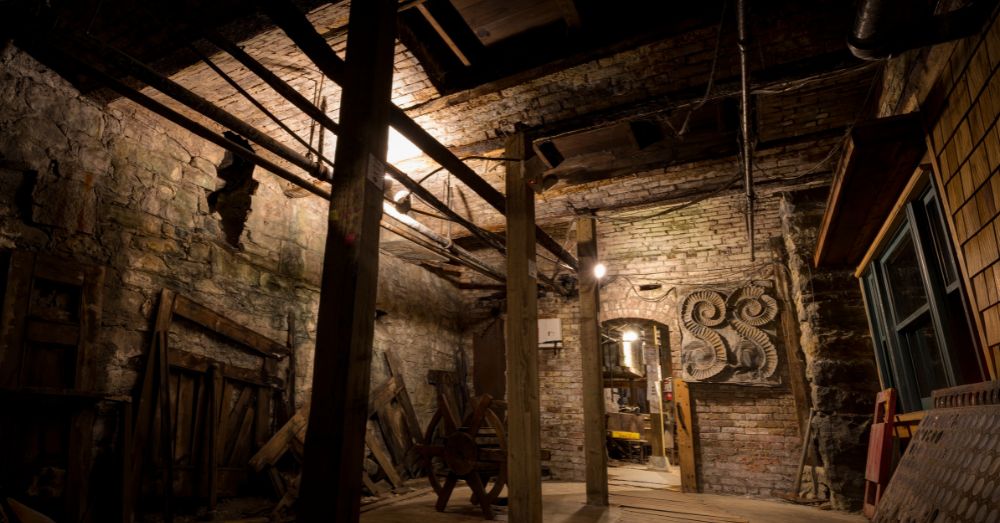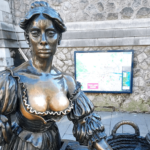
If you’re looking to explore America’s most interesting cities that fly under the radar, then you’ll need to look…underground. That’s right, there are actually several examples throughout the country of cities that ended up underground. Some were built for a purpose, while others simply ended up that way. Let’s take a look.
The Indianapolis Catacombs
The name is somewhat of a misnomer as this underground city wasn’t used as a cemetery. In fact, you can think of it as an ancient Amazon warehouse. It was built in the 1800s as part of Tomlinson Hall and the City Market. Its purpose was to move and store goods, especially perishables. At this time, refrigeration like we have today wasn’t common, and so it was much more common to store perishable items underground.
The Seattle Underground
Unlike the Indianapolis underground warehouse, the Seattle underground city somewhat accidentally ended up that way. The Great Seattle Fire of 1889 required a rebuild, and builders decided to construct a new city one story above the original street level to avoid flooding and sewage issues. The original streets and shops ended up underground. The city still exists today, but it’s largely a tourist trap. A similar city is in Sacramento, California, where the original city was built underground, but after a flood in 1862, it was rebuilt on the surface.
Montreal‘s RESO or La Ville Souterraine
In French, this literally translates to the village underground, which is exactly what this is. It was built to help residents traverse the city during freezing cold winters. It connects malls, offices, hotels, and metro stations through underground paths. It’s a cozy underground village that might be a bit cool but nothing like the winter weather above.
Kansas City’s SubTropolis
Originally carved out of a limestone mine, this underground city is a huge business complex in the modern day. It offers natural protection and stable temperatures, making it ideal for storage and data centers. It’s a strangely efficient underground office park with just a hint of post-apocalyptic vibes
Fallout Shelters
The cities mentioned above were either accidentally or purposefully built for a unique use that continues today. However, several underground bunkers across the United States were specifically built to withstand a nuclear attack and serve as military bases or housing. One such place is the Cheyenne Mountain Complex. This underground spot is located in Colorado Springs and originally served as the North American Aerospace Defense Command (NORAD) operations center during the Cold War.
Another example is the Greenbrier Bunker in West Virginia. This particular facility was built to house members of Congress in case of a nuclear attack during the Cold War. In many ways, it really was an underground city with housing, water systems, food storage, and a communications array.
The purpose of underground cities across the US varies, but one thing they all have in common is a certain amount of efficiency and climate stability. In the future, underground cities might be the key to preserving life in the event of increasing temperatures or severe weather.
This post may contain affiliate links, meaning we may earn a commission if you make a purchase. There is no extra cost to you. We only promote products we believe in.






